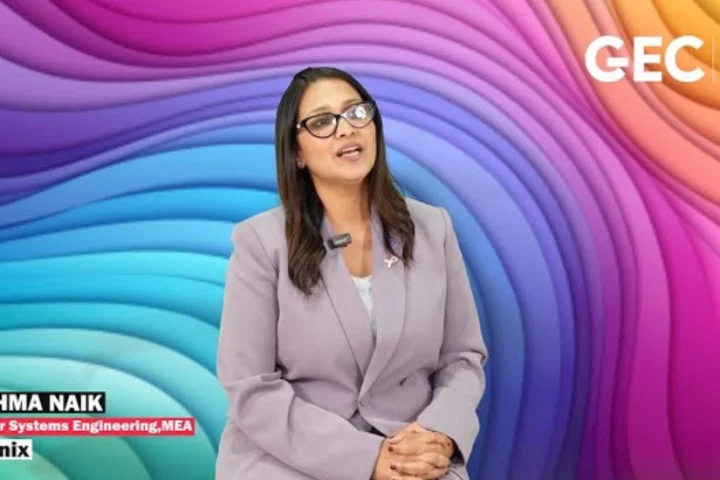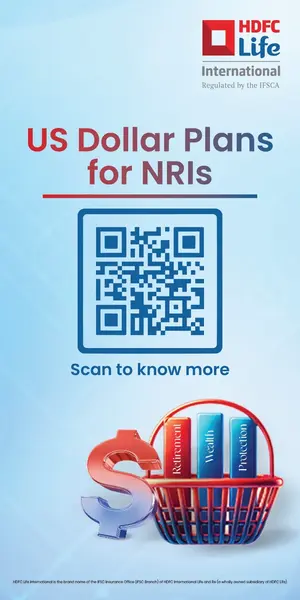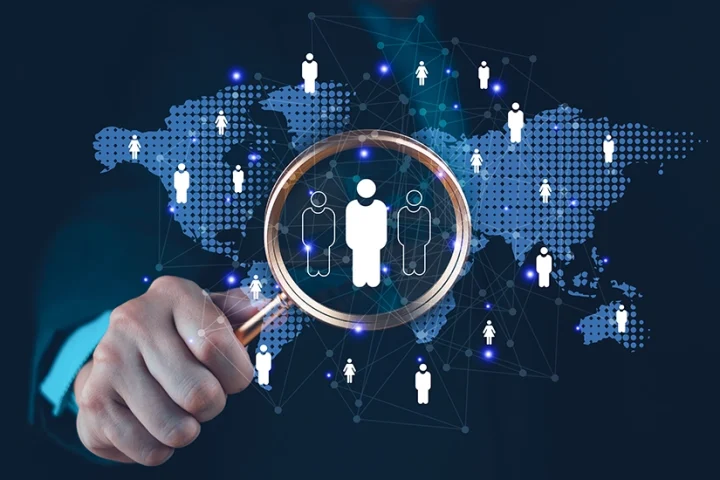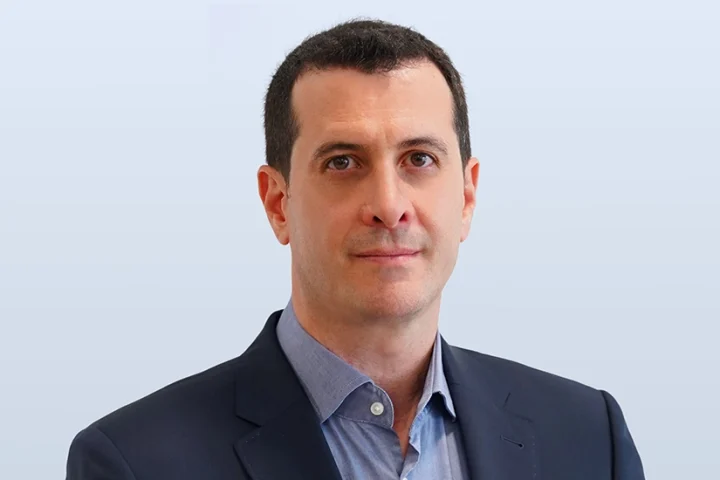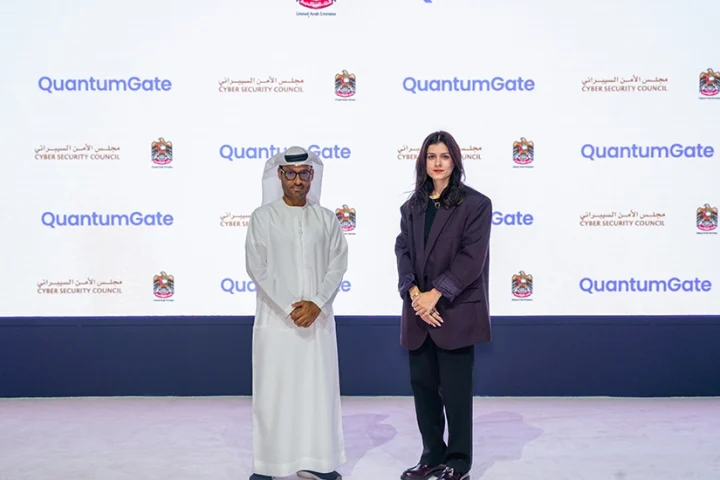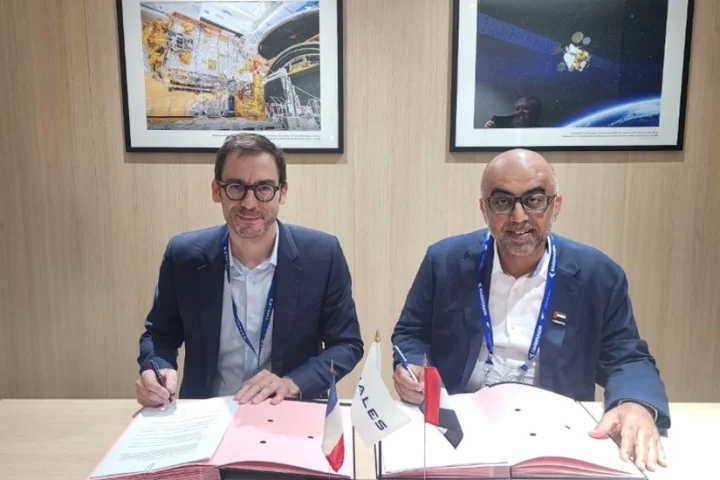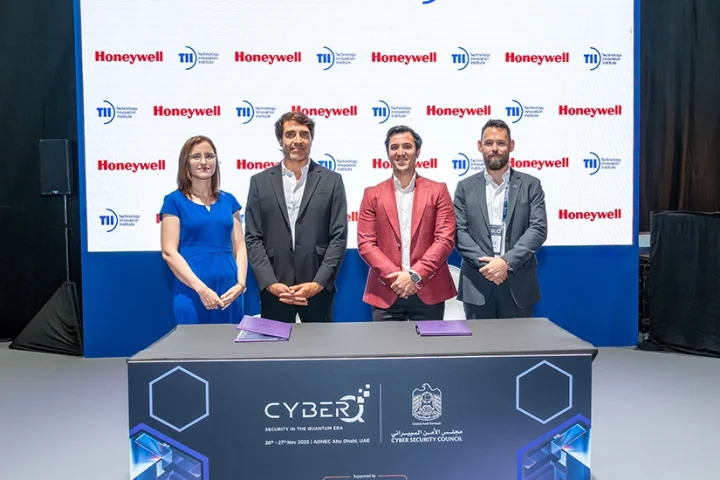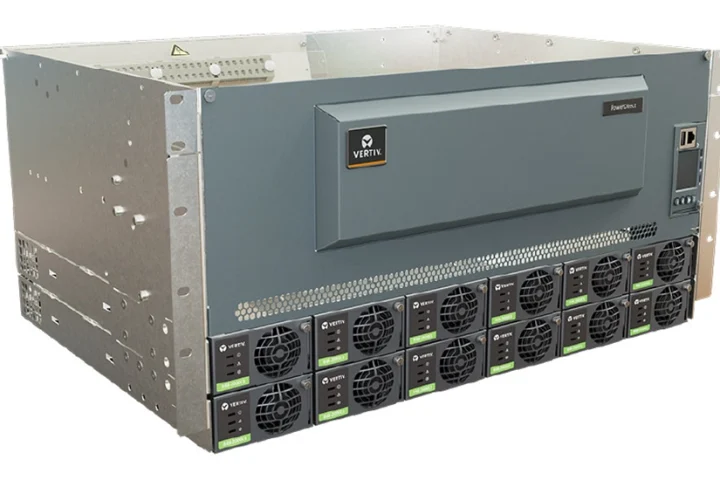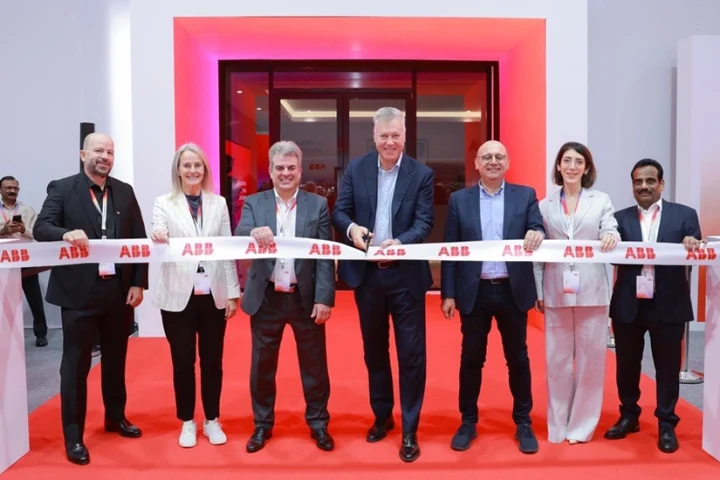The future will be as dramatic as looking into the past, with streaming everywhere, instant computing, immersive pods, lists out Andrew Brinded at Nutanix.
To understand what end-user computing may look like in ten years, first think about how you work today and consider how you worked 10, 20, 30 years ago. And if you are lucky enough to be too young, ask a colleague. The Seventies. The knowledge worker of the 1970s had a fixed-line telephone, sheaves of paper documents, possibly a typewriter, memos for written communications, a legion of clerks, a typing pool and precious little other information infrastructure.
The Eighties. As hairstyles got shorter, the office expanded to include early personal computers. IT began to talk more to end-users and business analysts’ requests for data to be hauled off mainframes and mid-range servers became more frequent.
The Nineties. Cheaper PCs, laptops, the web, local-area networks, email, mobile phones and client server IT made this the decade where personal productivity soared.
The Noughties to now. Smartphones abounded, WiFi became ubiquitous, tablets soared, and office workers were released from the shackles of their desks to be effective from anywhere, often selecting their own devices too. Architects design spaces for workers to bump into each other, brainstorm and co-create with far-flung colleagues and partners.
But what of the knowledge worker in 2030? Where will this person work from and what tools will they use to become optimally effective? It is a fair bet that this person will need to be creative because nobody wants to compete with China or Indonesia or any low-cost economy on price, so innovation will be key.
It is also likely that co-creation and co-curation will become more important, so we need tools and spaces that are fun, funky and conducive to getting creative juices flowing. Here are some ideas of what we might see.
Everything is virtual
Desktop PCs will disappear almost entirely except for power-user workstations. Virtual desktop infrastructure will prevail because users will want to see their working environment from any device, whether that’s a laptop, tablet, phone, smart watch, smart speaker or something else.
We can expect ubiquitous compute capacity everywhere: in domestic appliances, in-car infotainment systems, perhaps baton or cylinder computers with roll up flexible screens, smartphones that can double as PCs, Star Trek-style smart microphones that we pin to clothing.
Streaming is everywhere
Once, a lack of support for advanced graphics was the criticism of VDI but that argument is becoming obsolete. Google’s cloud-based Stadia games platform will even support 8k streaming at 150 frames per second. That could mean the computer of the future effectively returning to be a dumb terminal and with hardware costing perhaps tens of pounds rather than hundreds.
Huge immersive pods
With such great streaming quality, screens may be one of the hottest areas of end-user computing change. It is possible that we will go from today’s curved OLED screens to immersive pod units where we are transported into another world of crystal-clear audio and life-like visuals.
Your colleague in the US takes a virtual seat in a simulacrum of a meeting room alongside you and calls are finally perfect, thanks to faster broadband and clusters of routers.
Alexa and friends
Voice assistants will become critical to the business user interface, meaning we can control everything from anywhere, hands-free. Bolstered by AI, search will be simplified. Can’t find that file? Just say: Computer find me that document I wrote about end-user computing in 2030, and there it is.
Instant computing
Faster boot sequences helped by advanced memory will make computing faster than ever with fewer irritating wait states. Storage becomes less important if streaming dominates but NAND Flash and similar technologies will help with lightning-fast caching and buffering.
Autonomic self-correction
Security and error detection will advance to the point that helpdesk calls are reduced to a minimum as AI and Machine Learning detect and anticipate signs of imminent failures or vulnerabilities and take action without user action.
Long-lasting power
Advanced battery chemistries will let computers run for days on end while solar and wireless charging become ubiquitous.
Faster input
Tools such as Otter provide the ability to transcribe meeting notes with high degrees of accuracy, while Zoom offers a transcription service for conferencing sessions. Expect more automation of clerical tasks such as automatically storing files in a logical place or anticipating next actions based on previous behaviour.
Homes like offices, offices like homes
For 20 years, designers have created office spaces that bring out the kidult in all of us. Games rooms, comfy sofas, work-out rooms and running tracks abound, but now the tide is turning the other way as the design experts figure out how to bring work capabilities into domestic spaces. So, look out for pull-out pods and desks, beds that turn into workspaces, TVs that morph into computers screens and more.
Some of this may sound fanciful and the truth is that it is hard to predict progress with any great degree of accuracy, but think of how working life has changed over the decades and these ideas are far from absurd. In order to win the battle for talent, companies need to provide attractive working environments and great tools for the incoming generation of workers.
By tapping into the innate human capacity to innovate, companies that offer the best environments will excel and win over the best people.




